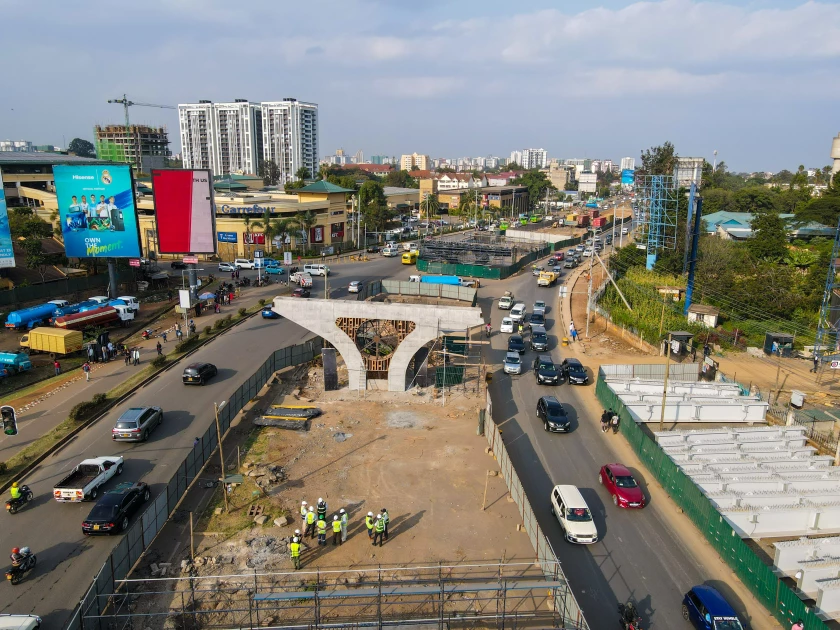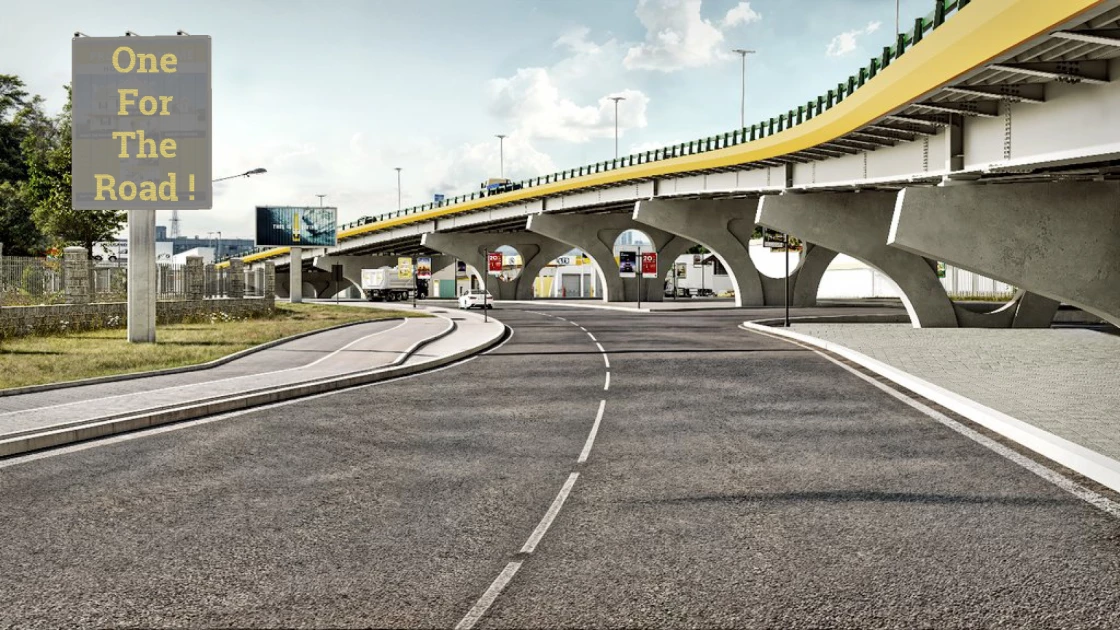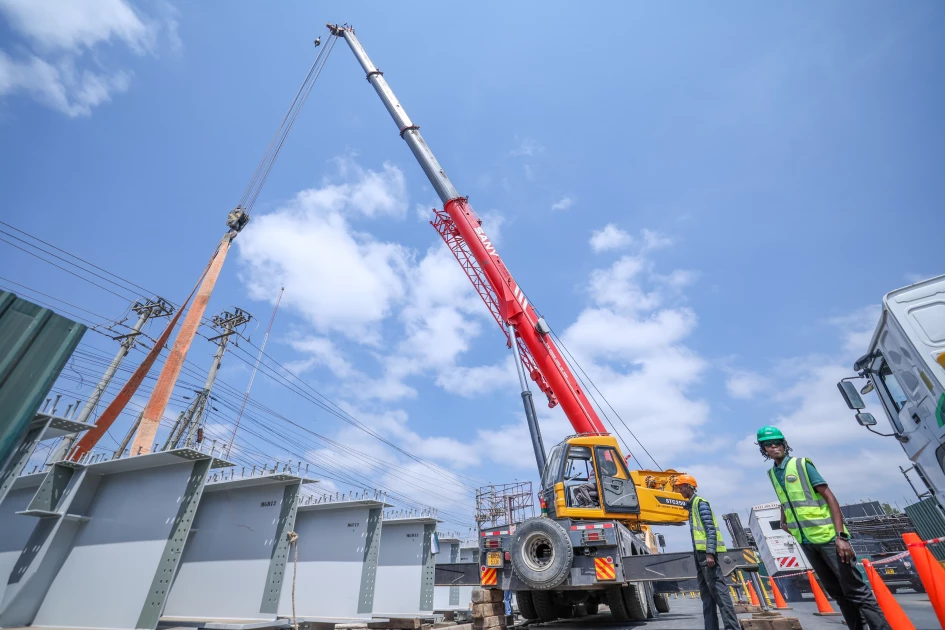What’s a Viaduct? Nairobi’s new flyover project also on Ngong Road

Ngong Road–Naivasha Road (Junction Mall), viaduct will feature eight spans supported by seven pillars (columns), stretching approximately 820 metres in total. PHOTO| COURTESY

Audio By Carbonatix
It has sparked laughter, memes, and some creative mispronunciations: Fireduck, Vayada, Viaduck. Behind the jokes lies what many say is a serious game-changer for Nairobi’s road network: the viaduct.
Once an obscure road engineering term, the viaduct is now central to Kenya’s urban transformation. It is reshaping how roads are designed, as stalled projects across the country resume following payments to contractors.
According to the Director for Roads Planning and Design at Kenya Urban Roads Authority, Engineer Wilfred Oginga, a viaduct is a road that is elevated and supported above the ground, typically using pillars. By elevating the road, it prevents direct interaction between local and through traffic.
This design allows one road to run above and another below at ground level, effectively eliminating traffic conflicts.
"The elevated structure is what we are referring to as a viaduct. it is essentially a flyover. To manage traffic conflicts, one can use either timing-based separation, such as traffic lights or physical separation.” he noted.

An artistic Impression of the Ngong road - junction Mall Viaduct.
“When traffic volumes are high like for the case of Ngong road, physical separation is preferred, as it enables a continuous flow of vehicles without the delays associated with timed signals. The viaduct design will significantly reduce travel time and ease congestion." He further elaborated.
According to the engineer, the traffic coming from the Central Business District (CBD) outbound to Ngong Town, and the inbound traffic coming from Ngong towards the CBD, will be up, while all the other traffic that is joining Naivasha Road and all the other facilities around will move on the ground level.
The project is funded by the Spanish government to the tune of 225 million Euros, approximately Ksh.3.8 billion and the work is being undertaken by Centunion Construction Company.
“This is a huge step forward towards a holistic Non-Motorised Transport (NMT) system,” she said. “Once the Lesuuda Non-Motorised Transport Bill, which seeks to amend the Kenya Roads Act, becomes law, projects like this will serve as excellent benchmarks.”
The bill, sponsored by Samburu West, Member of Parliament Naisula Lesuuda, is at the second reading in Parliament and seeks to mandate NMT infrastructure in all urban and peri-urban roads.
“The work involves constructing a viaduct which is approximately 450 meters long, dual carriageway; that means two lanes going in each direction. Then, if you combine that with the approaches, both inbound and outbound, then we are going to have a total of approximately 820 metres of a bridge. It includes construction of other circulating lanes, on the ground, and we also have footpaths and cycle tracks,” Oginga explained.

Road works along Ngong Road - Junction Mall
“Negotiations with the Spanish government are underway for the second at Prestige, and the third at the City Mortuary Roundabout. Economic activity along the corridor has already seen a huge boost as a result of the ongoing works. The full project was originally scheduled for 36 months, plus a 12-month defects liability (maintenance) period. While initial projections pointed to a July 2027 completion, progress has been ahead of schedule around June 2026,” Oginga pointed out.


Leave a Comment